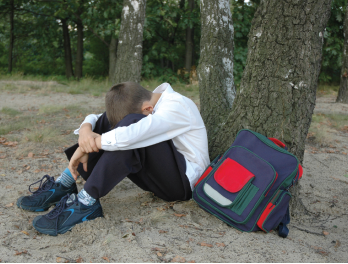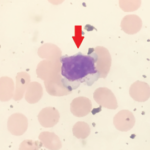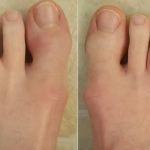
kilukilu / shutterstock.com
CHICAGO—When it comes to correctly diagnosing joint pain in children, “things take time,” said Michael L. Miller, MD, quoting Danish physicist and poet Piet Hein. Children with pain but normal physical examinations may need to return to the clinic for repeat evaluation over several months. “I often tell parents that laboratory tests may help in diagnosis, but they’re a guide in children and adolescents. I say, ‘In the absence of a diagnosis, we are in a monitoring phase.’”
During Arthralgia in the Pediatric Patient, a session at the 2018 ACR/ARHP Annual Meeting, Dr. Miller, clinical practice director, Division of Rheumatology, Ann and Robert H. Lurie Children’s Hospital, Chicago, shared his experience in managing children with musculoskeletal pain syndromes and communicating with children and parents.
When a physical examination is unremarkable, rheumatologists should ask about the child’s recent history of school absences due to pain, which will quickly distinguish children with musculoskeletal pain syndromes from those who have early juvenile idiopathic arthritis (JIA). “Children with [musculoskeletal pain syndromes] are often anxious about returning to school, while children with JIA are often depressed about missing school,” he said.
Hyperextensibility

Dr. Miller
One common diagnosis in children who present with joint pain but a normal physical examination is hyperextensibility arthralgia, said Dr. Miller. Often, these patients have low-titer, positive antinuclear antibodies (ANA) for unknown reasons. ANA is a screening rather than a diagnostic test for rheumatic diseases, because it has high sensitivity, but low specificity. Hyperextensibility often occurs in the metacarpophalangeal joints, thumbs, elbows and knees.
“Most of these patients do well. Some need physical therapy, but they should not be missing school. School absences suggest the possibility of a pain syndrome,” Dr. Miller said.
Follow-up examinations may reveal an underlying diagnosis. “I’ve seen a number of children with rheumatic diseases who weren’t diagnosable when they were first seen, including some with hyperextensible joints who later developed enthesitis,” he said.
Cancer & Infections
Malignancies, such as acute lymphocytic leukemia, in children and adolescents may also cause pain around the joints. Neutropenia can be a warning sign of leukemia, and imaging may be helpful.
Dr. Miller shared a case of a 5-year-old patient who was ultimately diagnosed with acute lymphocytic leukemia. The patient presented with wrist pain, but no joint swelling or loss of motion. “Pain was intense, and the child was anemic and had a low neutrophil count. I point out to residents that we don’t typically see neutropenia in children presenting with joint pain. Although neutropenia can result from a transient viral infection, leukemia needs to be considered. X-rays of the affected area can be helpful,” he said. He pointed out an X-ray finding associated with leukemia in this patient: a zone of rarefraction (i.e., reduction in neutrophil density).
Examining a complete blood count can offer assistance in diagnosis, said Dr. Miller. Neutropenia and lymphocytosis are atypical in children with rheumatic diseases. Because activated lymphocytes migrate out of circulation to target organs, lymphopenia is more common, such as in children with active systemic lupus erythematosus (SLE). Decreased counts in all cell lines raise the possibility of secondary macrophage activation syndrome, he noted.
Infections may precede arthralgias in children. “The differential diagnosis includes a transient, post-infectious arthritis typically lasting less than six weeks—although, I’ve seen it last as long as three months,” said Dr. Miller. Bacterial infections, such as enteritis and urinary tract infections, may trigger reactive arthritis, from which a small percentage of children will develop chronic arthritis.



